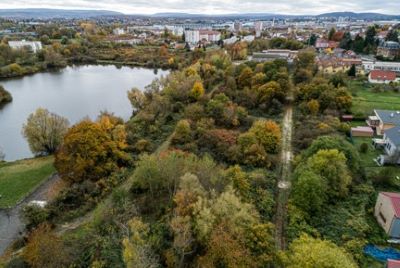Technology
POLLUTION : Area 3
Technology and management/remediation
Among the alteragents studied under the topic POLLUTION, many chemical substances that are priorities at the national (Environmental Code, Ministry of Environment) or European (Water Framework Directive) level, such as metals, nonylphenols, polycyclic aromatic hydrocarbons, pesticides and radioelements, continue to be of great concern due to their (eco)toxic potential. These substances very often occur in the form of multiple contaminants in aqueous matrices (surface water, aquifers, wastewater), in soils (brownfields, agricultural systems) or in the atmosphere (especially in the urban environment). Industry and agriculture are particularly affected by emissions of these substances and must take measures to prevent their dispersion and accumulation in the environment.
Industrial wasteland on the banks of the Deûle canal near Lille. About 50% of France’s brownfield sites are located in the Nord-Pas-de-Calais region, where remediation and redevelopment programmes have been underway for several decades.
To achieve this, a number of technological and economic hurdles must be overcome.
Therefore, work in this area is aimed at developing and implementing eco-engineering methods (nature-based solutions) for the storage and decontamination of industrial wastewater (through the use and synthesis of innovative polyfunctional materials), the remediation of polluted sites and soils (phytomanagement), and population management (alternatives to pesticides).
These methods are designed to be environmentally and economically sustainable while fostering connections between researchers, local stakeholders, and leaders.
On the left : The ECOPOLIS project: the general objective of the project is to develop the polluted brownfield site of Burgess-Norton in Vieux-Charmont (Doubs, France) by creating a living laboratory for applied research and teaching in the field of sustainable development and by integrating a phytomanagement concept into a polluted industrial site in order to transfer research into everyday life and improve the quality of the urban environment. This polluted brownfield site is located at the edge of the city centre, in close proximity to the Belfort-Montbéliard green corridor.


